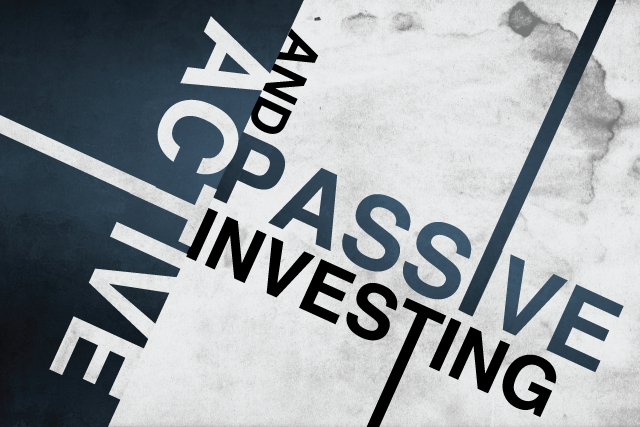The world of investing can seem complicated but when it comes down to it, there are two ways to invest: actively or passively. The key to determining the type of investing style lies within your desire to reap the returns of market, or to beat it.
Active Investing
Active investing is a strategy where specific investments are bought and sold on an ongoing basis. The price fluctuations of individual stocks are continuously monitored and traded to capitalize on short term gains. Active investing aims to achieve better-than-market returns by outperforming a specific stock market index (such as the S&P500 or the TSX).
Active investors act on a belief that markets are inefficient and stocks are incorrectly priced which allows them to be traded, through buying low and selling high, at a profit. Active investors research market patterns and analyze trends in different industry sectors; they have the ability to react to changes in market conditions. When a particular sector is doing well or poorly, they can readjust and move money to maximize growth or to be shielded from potential losses. For example, if an investor catches wind of the next big trend, money can be invested to cash in on a larger return. If an investor feels that a company will no longer be profitable, they have the option to stem their losses and sell their investment before they lose their money.
Active investors can assemble portfolios individually or enlist the help of professional fund managers. Fund managers manage specialized collections of stocks in investment programs called mutual funds. They have access to proprietary tools for research and analysis that gives a competitive edge over individual investors. An individual active investor is subject to fees and commissions associated with making trades. Professional fund managers charge a percentage of the entire portfolio each year in return for their expertise.
Passive Investing
Passive investing is a strategy that tries to captures the return of an entire market by buying and holding a portfolio of investments over a long period of time. The day to day fluctuations of individual stock prices are considered irrelevant and buy/sell transactions are kept to a minimum. Portfolios are managed to match – not beat – the return of a specific stock market index as closely as possible.
Passive investors act on the belief that markets are efficient, that the price of any given stock is an accurate representation of the value and that the price of the stock will increase over time as capitalism runs its course. Instead of assembling a portfolio of individual stocks, passive investors look to replicate the performance of the market through the use of index funds and exchange traded funds (ETFs). These funds are made up of all stocks listed on the specific market index. Index funds and ETFs are managed by computers running complex models with limited human input to ensure that they mimic the performance of an index. Since there is no active management, there are no steps taken to maximize growth and no safeguards against potential losses. The lack of active management also results in lower fees.
Pick a side
There are two fundamental strategies to approach investing. An actively managed portfolio of individually assembled stocks or a mutual fund would try to incorporate only the best stocks listed on the S&P 500 to generate higher returns. A passive approach, be it an index fund or ETF, would own all 500 stocks listed on the S&P 500 and count on market returns.
The Bottom Line
Active investing provides the opportunity to outperform the index and the potential to limit losses in exchange for fees. Passive investing provides close to market index returns with lower fees in exchange for the possibility of outperforming the index.
Which side of the fence do you sit on?




